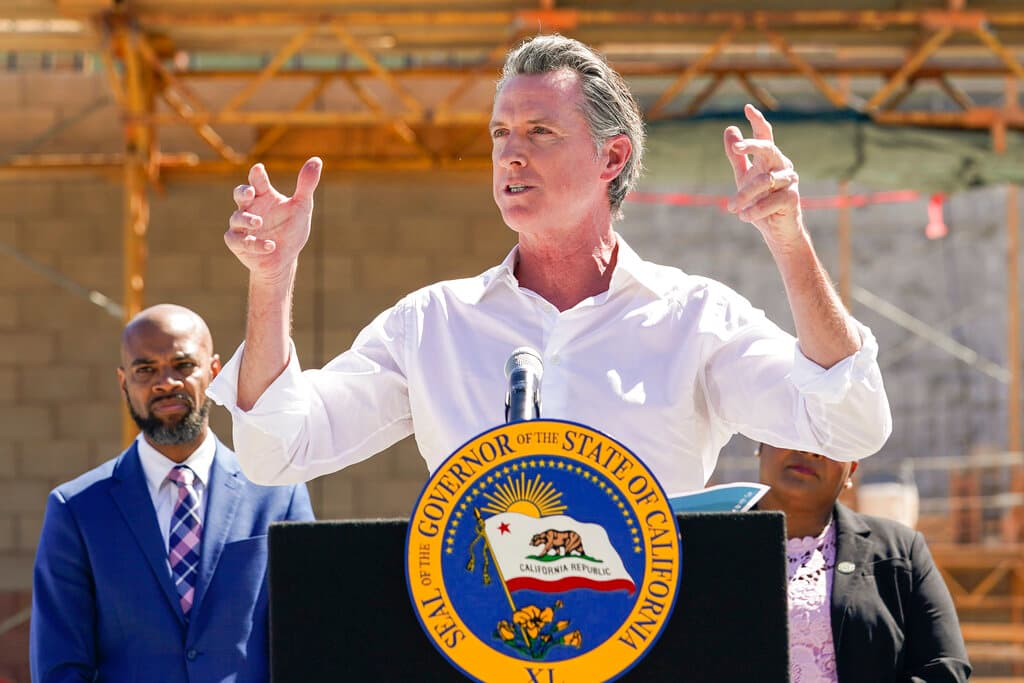On ‘Safe’ Injection Sites, New York Can Learn from Governor Newsom
The California governor hit pause on an approach whose benefits are unproven — and whose risks are high. The message is much needed at New York.

Governor Newsom of California has uncharacteristically veered from the progressive policy playbook by vetoing a bill that would have legalized so-called “safe injection” sites in the Golden State. Mr. Newsom said that such “harm reduction” facilities, where addicts can inject fentanyl and heroin under medical supervision, lacked “well-documented, vetted, and thoughtful operational and sustainability plans.”
Please check your email.
A verification code has been sent to
Didn't get a code? Click to resend.
To continue reading, please select:
Enter your email to read for FREE
Get 1 FREE article
Join the Sun for a PENNY A DAY
$0.01/day for 60 days
Cancel anytime
100% ad free experience
Unlimited article and commenting access
Full annual dues ($120) billed after 60 days

